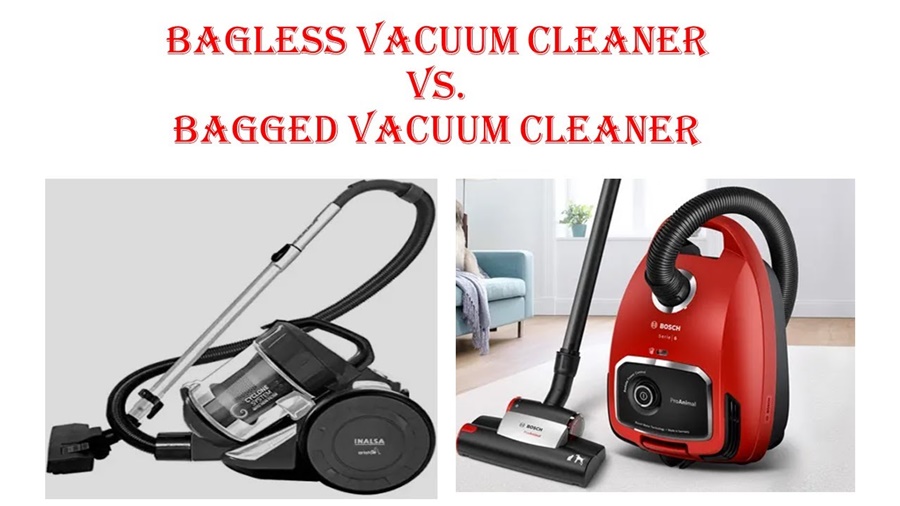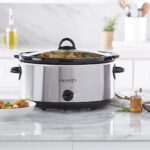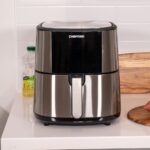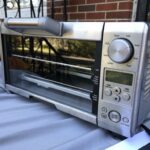When it comes to choosing a vacuum cleaner, the debate between bagless vs. bagged vacuums continues to divide households. While both types offer unique benefits, the decision ultimately comes down to performance, convenience, air quality, cost-efficiency, and maintenance. In this detailed guide, we break down every aspect of bagless and bagged vacuums to determine which is better for your home, lifestyle, and long-term satisfaction.
Understanding the Basics: What Are Bagged and Bagless Vacuums?
Bagged vacuums use a disposable bag to collect dirt, debris, and dust. When the bag is full, it is removed and thrown away, keeping the vacuum interior clean.
Bagless vacuums, on the other hand, rely on built-in containers or dust cups that can be emptied and reused. These models often incorporate cyclonic separation technology to maintain suction even as the container fills up.
Performance and Suction Power: Which Cleans Better?
Bagged vacuums traditionally offer stronger and more consistent suction power. Because dirt is stored in an enclosed bag, the airflow system is designed to operate optimally without clogging. They’re especially effective in deep-cleaning carpets and removing deeply embedded pet hair and allergens.
Bagless vacuums, while modern models are catching up in suction strength, may experience reduced performance as the dustbin fills. Frequent emptying may be required to maintain maximum effectiveness, especially when cleaning larger areas.
Winner: Bagged vacuums – Superior for heavy-duty cleaning and maintaining suction.
Filtration and Air Quality: Which Is Better for Allergy Sufferers?
If you or someone in your home suffers from allergies or asthma, filtration quality is critical.
Bagged vacuums often come equipped with HEPA-certified bags, which can trap up to 99.97% of dust particles, pollen, mold, and bacteria as small as 0.3 microns. The sealed bags minimize contact with allergens during disposal.
Bagless vacuums, even those with HEPA filters, expose users to more dust when emptying the canister. Opening and shaking out the container can release fine particles back into the air.
Winner: Bagged vacuums – Ideal for maintaining clean indoor air and managing allergens.
Ease of Use and Convenience
In daily use, bagless vacuums offer unmatched convenience. There’s no need to purchase or keep replacement bags on hand. Most models come with a clear dustbin, so it’s easy to see when it needs to be emptied.
However, bagless vacuums can be messier to empty, especially if the dustbin design is poor. Fine dust often clings to the sides, and emptying over a trash can might release particles back into your environment.
Bagged vacuums, though cleaner in disposal, require a stock of bags, and changing the bag might be less intuitive for some users.
Winner: Bagless vacuums – More user-friendly and environmentally conscious for everyday use.
Long-Term Cost: Bagged vs. Bagless
Bagged vacuum cleaners incur ongoing costs, as you need to regularly purchase new bags. Prices vary depending on the brand, but over time, this adds up, especially in larger households or homes with pets.
Bagless vacuums eliminate the cost of bags, and most filters are washable and reusable, further cutting down on expenses. However, replacing parts like filters or dustbins (if damaged) may be necessary occasionally.
Winner: Bagless vacuums – More economical in the long run.
Maintenance and Durability
Both vacuum types require routine maintenance to function at their best.
Bagged vacuums generally require less frequent cleaning, as most debris is securely contained in the disposable bag. Their sealed systems often protect internal components better, extending the machine’s life.
Bagless vacuums, while easier to manage day-to-day, demand more regular cleaning of filters and canisters. Over time, dust buildup may affect internal parts if not maintained properly.
Winner: Bagged vacuums – Lower maintenance burden and potentially longer lifespan.
Eco-Friendliness: Which Vacuum Is Greener?
In terms of sustainability, bagless vacuums come out ahead. They reduce waste by eliminating disposable bags and often incorporate recyclable parts and washable filters.
Bagged vacuums, while cleaner in operation, contribute to landfill waste through single-use bags made of synthetic materials. However, some brands now offer biodegradable vacuum bags.
Winner: Bagless vacuums – A more sustainable option for eco-conscious consumers.
Noise Levels: Which One Operates Quieter?
Generally, bagged vacuums are quieter, due to their design and sealed systems that muffle sound. This makes them ideal for early-morning cleaning or multi-residential environments.
Bagless vacuums, particularly powerful ones, can be noticeably louder, especially as the dustbin becomes full or filters get clogged.
Winner: Bagged vacuums – Better for noise-sensitive households.
Storage and Design Options
Modern bagless vacuums are often more compact and lightweight, with sleek, ergonomic designs. They’re available in a variety of forms, including cordless, upright, stick, and robot vacuums.
Bagged vacuums, while still available in various designs, tend to be bulkier and heavier, especially traditional canister models.
Winner: Bagless vacuums – Better portability and space-saving design.
Which Vacuum Type Is Right for You?
Choose a bagged vacuum if:
- You have allergies or asthma.
- You prefer deep-cleaning power.
- You want a lower-maintenance machine.
- Quiet operation is a priority.
Choose a bagless vacuum if:
- You want to avoid ongoing bag costs.
- You prefer eco-friendly options.
- You need a lightweight or cordless design.
- Convenience and visibility of dust level matter to you.
Conclusion
It depends on your needs. While bagged vacuums excel in filtration, performance, and noise reduction, bagless vacuums offer convenience, cost savings, and environmental benefits. The best choice is the one that aligns with your lifestyle, home size, and health considerations.
For allergy sufferers and deep-cleaning enthusiasts, bagged vacuums remain the superior option. For budget-conscious and eco-friendly users, bagless vacuums deliver greater value and flexibility.








Leave a Reply